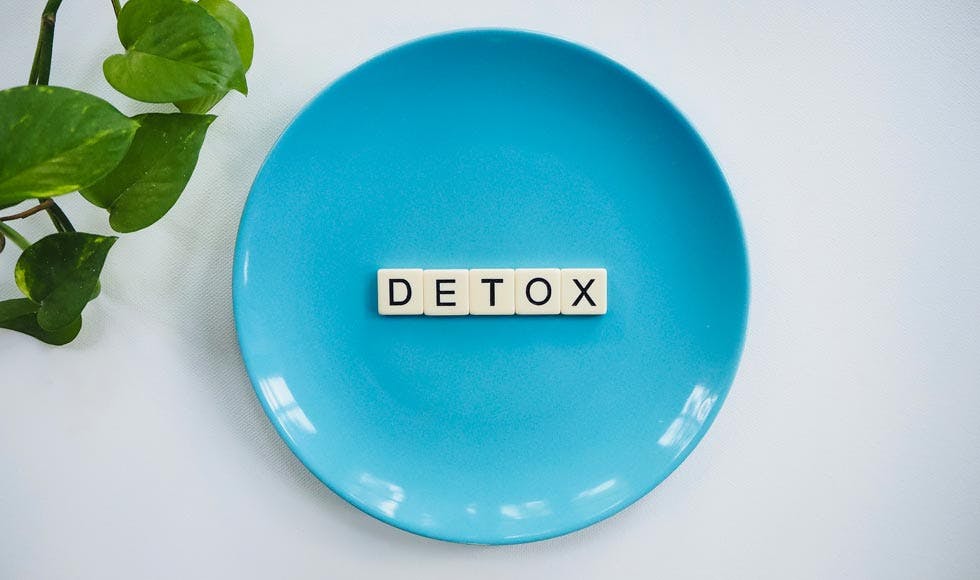Lunch and weight control
We are often told to eat breakfast like a king, and dine like a pauper to lose weight, but what about lunch? Ideally, lunch should help keep hunger at bay to minimise snacking before dinner. It should also give you energy and help you to stay alert throughout the afternoon. Recent research has suggested that making low kilojoule choices at lunch may improve weight control.
The research
A study published in the journal Appetite tested the eating behaviour of subjects during other meals and snacks after they ate a portion-controlled lunch containing 1050 kilojoules (250 calories). The researchers found that eating a small, low kilojoule lunch did not alter the rating of hunger at the beginning of dinner, and that people will not necessarily eat more during the rest of the day to compensate. This study was only conducted on a small sample group of 17 people, however, consuming a low kilojoule lunch for the 10 days of the study did result in weight loss. It is interesting to note that that the lunch choices used to help subjects reduce their kilojoule intake included commercially available meal replacements.
Practical tips for choosing a light, low kilojoule lunch
The following tips offer a guide on how to keep your lunches healthy and light, and potentially boost your chances of losing weight.
-
Salads are super – To get hunger satisfying bulk in your lunch without kilojoules, the key is to include plenty of salad or other vegetables. For example, try to add lettuce, cucumber, tomato or roasted vegetables such as capsicum, eggplant, zucchini or red onion onto sandwiches.
-
Include lean protein - Use lean meats such as canned fish, roast beef, chicken breast or low fat ham. These are preferable to ham, salami, pastrami, corned beef or devon. Other protein alternatives include peanut butter, hommus and ricotta cheese, but use sparingly, as these are higher in fat.
-
Focus on fibre – In addition to vegetables, chose the high fibre varieties of grain based foods such as wholegrain bread, wholemeal pasta and brown rice. This adds bulk to your diet without extra kilojoules.
-
Choose soups – Soups (non-cream based) are a great, low kilojoule choice that are packed with vegetables. Soup was one of the lunch choices available to participants in the study mentioned above.
-
Be organised – Plan the weekly lunches in advance and add the ingredients to your shopping list. Where possible, make a sandwich, salad or soup the night before. Go for lunches that include whole grains, lean meats, and vegetables.
-
Consider meal replacements – If you struggle to prepare low kilojoule lunches, replacing your regular lunch with a meal replacement, such as Blackmores SuperFruit Smoothies, may be a helpful strategy to assist in weight loss.
The healthy lunch choice checklist
Include
- Vegetables and fruit
- Water
- Whole grain breads
- Lean meats (chicken breast, tuna)
- Meal replacements
Avoid
- Potato crisps
- Soft drink / fruit juice
- White bread
- Fatty meats (devon, salami, ham)
- Large amounts of butter or margarine on sandwiches
References available upon request






